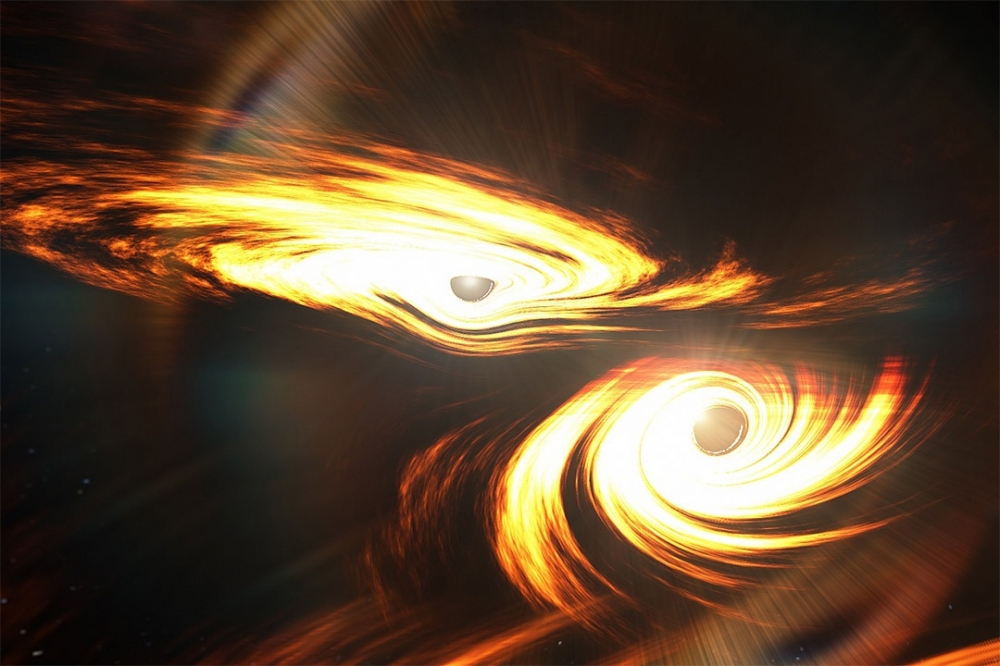A Highly Eccentric Black Hole Merger Detected for the First Time

Credit RIT
Matt Williams - Universe Today
3.2.2022
In February 2016, scientists with the Laser Interferometer Gravitational-Wave Observatory (LIGO) confirmed the first-ever detection of a gravitational wave event. Originally predicted by Einstein’s Theory of General Relativity, GWs result from mergers between massive objects – like black holes, neutron stars, and supermassive black holes (SMBHs). Since 2016, dozens of events have been confirmed, opening a new window to the Universe and leading to a revolution in astronomy and cosmology.
In another first, a team of scientists led by the Center for Computational Relativity and Gravitation (CCRG) announced that they may have detected a merger of two black holes with eccentric orbits for the first time. According to the team’s paper, which recently appeared in Nature Astronomy, this potential discovery could explain why some of the black hole mergers detected by the LIGO Scientific Collaboration and the Virgo Collaboration are much heavier than previously expected.
The team consisted of astrophysicists from the CCRG Rochester Institute of Technology, the Institute of Computational and Experimental Research in Mathematics (ICERM) at Brown University, and the University of Florida. As they indicate in their paper, the team took a fresh look at previous findings made in 2020, where they were part of the team that observed the most massive GW binary detected to date (GW190521). This consisted of two black holes that were about 85 and 66 Solar masses, respectively. This resulted in the formation of a black hole remnant of 142 solar masses.
See full text